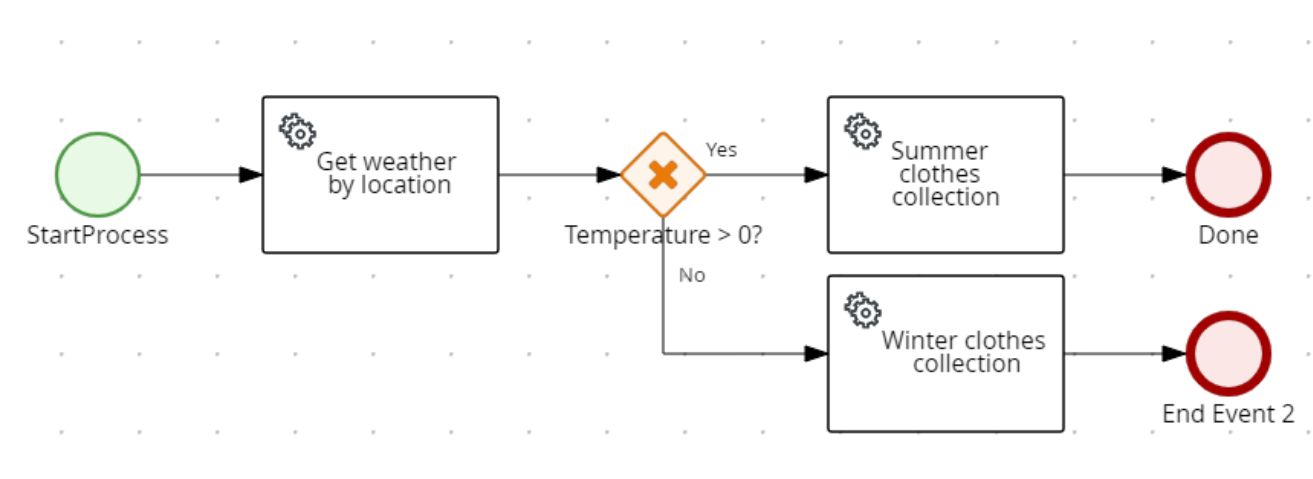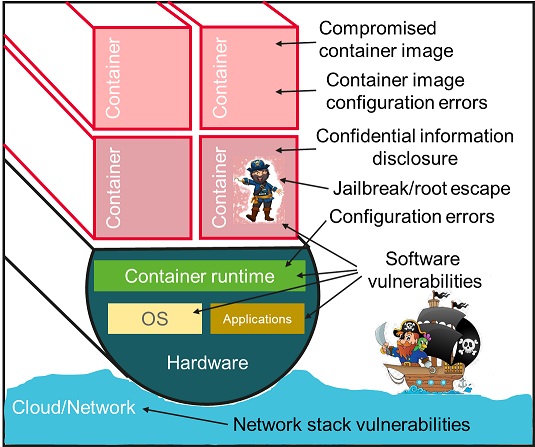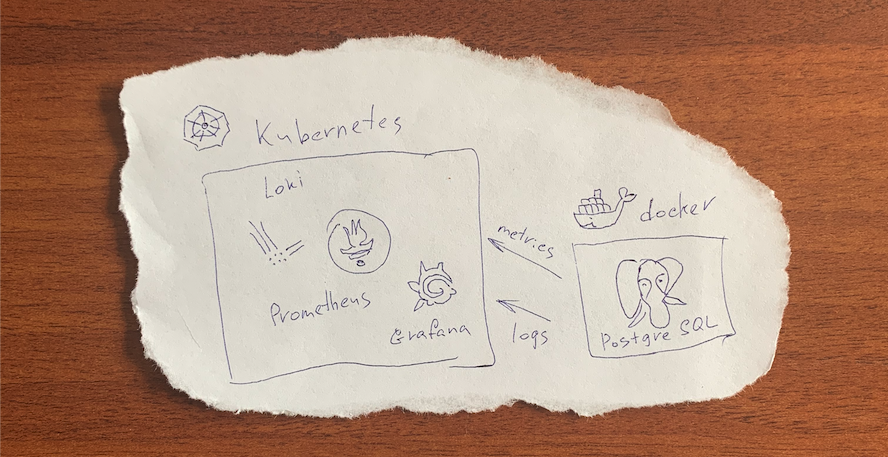Secret Management and Why It’s Important
Hi! My name is Evgeny, and I work as a Lead DevOps at Exante. In this article, I will discuss the practical experience of setting up a high-availability HashiCorp Vault with a GCP storage backend and auto unseal in Kubernetes (K8s).
Our infrastructure used to consist of thousands of virtual and physical machines hosting our legacy services. Configuration files, including plain-text secrets, were distributed across these machines, both manually and with the help of Chef.
We decided to change the company’s strategy for several reasons: to accelerate code delivery processes, ensure continuous delivery, securely store secrets, and speed up the deployment of new applications and environments.
We decided to transition our product to a cloud-native model, which required us to change our approach to development and infrastructure. This involved refactoring our legacy services, adopting a microservices architecture, deploying services in cloud-based Kubernetes (K8s), and utilizing managed resources like Redis and PostgreSQL.
In our situation, everything needed to change—from applications and infrastructure to how we distribute configs and secrets. We chose Google as our cloud provider and HashiCorp Vault for secret storage. We've since made significant progress on this journey.
Why HashiCorp Vault?
There were several reasons:









